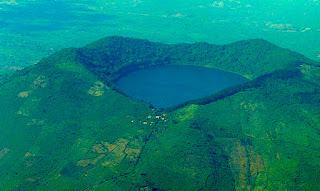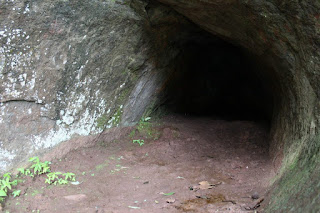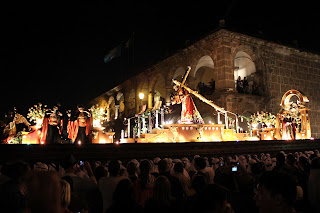Today we want to share with you an exciting, creative, and new work of art that Indigenous Maya have come up with.
Guatemalan Barbie Dolls! Rather, Barbies or dolls dressed in traditional Guatemalan clothing!
I first saw a photo of some barbies and read a blog about these beauties a few months back but provided no information on who created them and where one can be purchased. Being that I lived in Antigua, the top tourist destination of Guatemala with TONS of arts/crafts/souvenirs at hand, I never saw one Barbie in traditional clothes.
In fact, since I made frequent trips to Guatemala as a child (since my dad is from there and I still have family here) and since my dad travels to Guatemala nearly every month bringing back 'artesanias' (handicrafts) for us as gifts, over the years not much has changed. I remember in the 4th grade my dad would bring back bunches of Guatemalan friendship bracelets like the ones below, and we would give some away to our friends and in fact SELL them to our peers. My brother and I started a trend in Elementary school with these things.
Fortunately, many artisans are starting to design modern things like:
 |
| Sneakers with traditional material |
 |
| Heels |
 |
| iPad Covers |
 |
| Flats |
 |
| Phone Cases that are hand painted |
 |
| Wedges |
 |
| Barbie Dolls in Traditional Dress |
The Barbies in particular I'd like to feature, because the ones we have come directly from a women's association that also make up a folkloric group. As a folkloric dance group, they would wear beautiful, traditional outfits and they decided to put those same outfits onto dolls and sell them. It has been a HIT! Please meet the individuals who created the Guatemalan Barbie Dolls:
BY THE WAY! If you're in Southern California between August 30-2 September, I'd like to invite you to the Los Angeles County Fair BECAUSE, the OPENING weekend we will be showcasing the Latin American Culture with many artisans who make this stuff, from all over Latin America. They will be located at: PLAZA DE LAS AMERICAS inside the fair. You can buy their products without having to travel to Guatemala! The dates of the Latin American Festival is August 30-2 September (opening weekend). Don't miss live shows filled with exciting folkloric dancing and Latin food!
Shoes: Corazón Maya
These items and more can be purchased at our online Etsty store and you can get 10% off on any items purchased when you use the following coupon code for the month of July: DOLLFACE






.jpg)
































